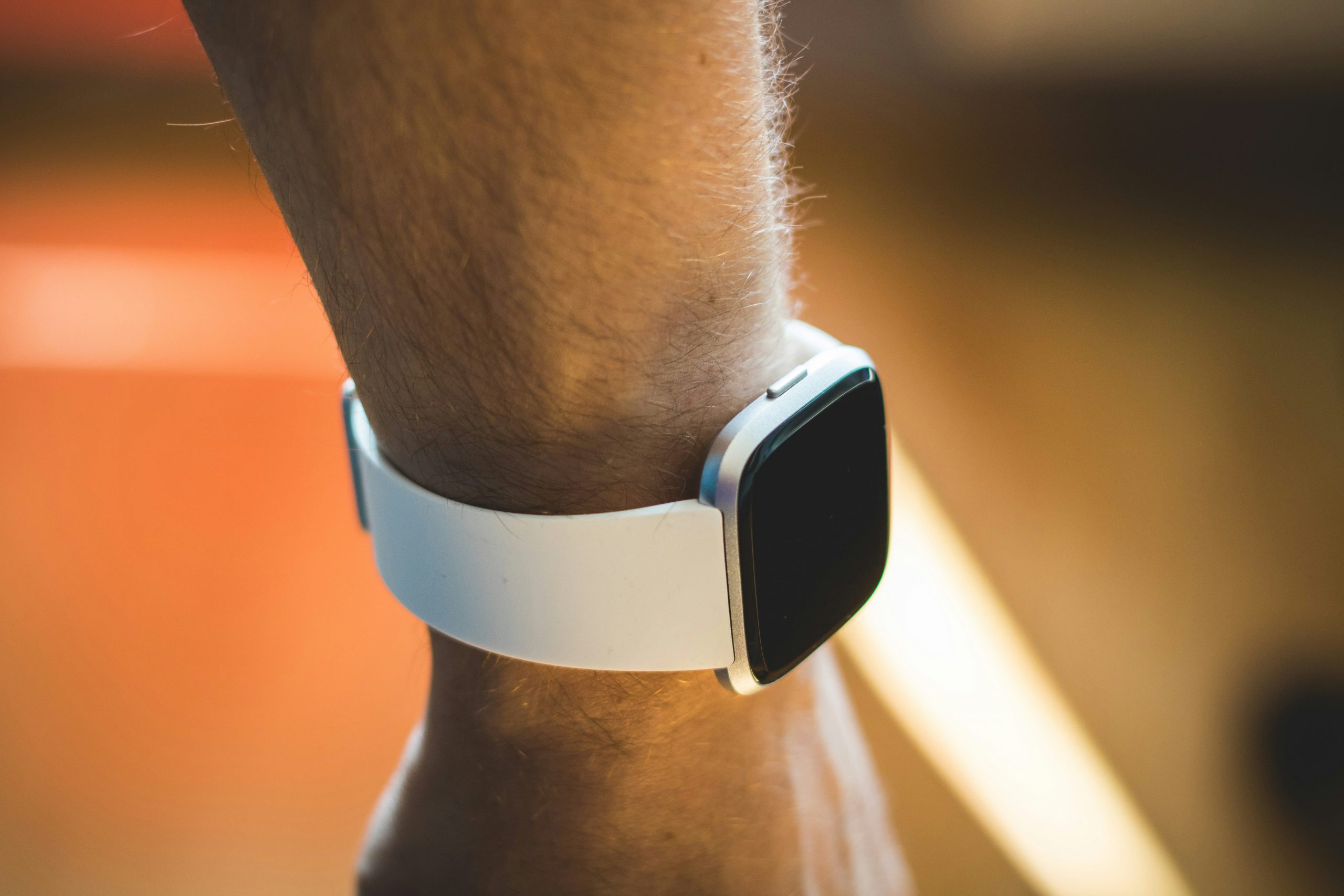The Benefits and Limitations of Fitness Wearables in Tracking Health & Fitness

Fitness wearables like the Apple Watch, Whoop, Fitbit, and Garmin have revolutionized the way we monitor our health and fitness. While they offer a plethora of data and insights, it’s important to recognize that these devices are not 100% accurate.
The accuracy of measurements can vary between devices, and even in different conditions for the same device. Despite these limitations, fitness wearables are powerful tools for tracking patterns and habits, and can be invaluable in our health and fitness journeys.
Understanding the Limitations in Accuracy
1. Heart Rate Monitoring:
- Variability in accuracy is notable during high-intensity workouts. Factors like wrist movement, sweat, and rapid changes in heart rate can affect readings.
- Devices like the Apple Watch and Garmin are highly regarded for accuracy, but keep in mind discrepancies still occur. In comparison, chest strap monitors are considered the gold standard for heart rate monitoring.
2. Step Counting:
- Miscounts can happen, especially during non-walking activities like driving or typing, where vibrations may be misinterpreted as steps. This leads to inflated step counts, which can mislead users about their actual activity levels.
3. Sleep Tracking:
- Sleep stages (light, deep, REM) are tracked using movement and heart rate data. But the algorithms used can sometimes misinterpret periods of low activity or relaxation as sleep, skewing sleep quality assessments.
4. Advanced Metrics:
- Measurements like VO2 max and calorie burn are based on generalized algorithms that may not account for individual variations in metabolism, fitness level, or body composition, affecting their reliability.
Harnessing Wearables to Track Patterns and Habits
Despite their imperfections, fitness wearables are excellent tools for identifying and modifying unconscious habits and patterns:
1. Regular Data Collection:
- By consistently collecting data, wearables help create a full picture of health. This includes daily activity levels, sleep quality, and heart health, ultimately revealing insights that might otherwise go unnoticed.
2. Building Awareness:
- Monitoring fluctuations in heart rate, steps, and sleep allows users to become more attuned to their bodies. For example, they might start to recognize the impact of certain behaviors, such as the effects of caffeine on sleep. Or perhaps they start to notice the positive benefits of regular exercise on heart health.
3. Encouraging Consistency and Accountability:
- The real-time feedback and goal-setting capabilities of wearables motivate users to adhere to their fitness routines. Features like daily step counts, activity reminders, and achievement badges provide continuous motivation and accountability.
4. Establishing New Habits:
- Wearables can help establish and reinforce new health habits. By setting reminders to move or hydrate and tracking progress toward these new goals, they gradually become part of the user’s lifestyle.
Conclusion
Fitness wearables may not always be 100% accurate. However, their true value lies in their ability to highlight and modify daily behaviors. This ultimately helps users maintain an active lifestyle and achieve their health and fitness goals.
By understanding the limitations and using these tools wisely, anyone from fitness enthusiasts to professional athletes can leverage wearables to gain insights into their health patterns, stay motivated, and push towards personal bests.
Author: William Diaz



